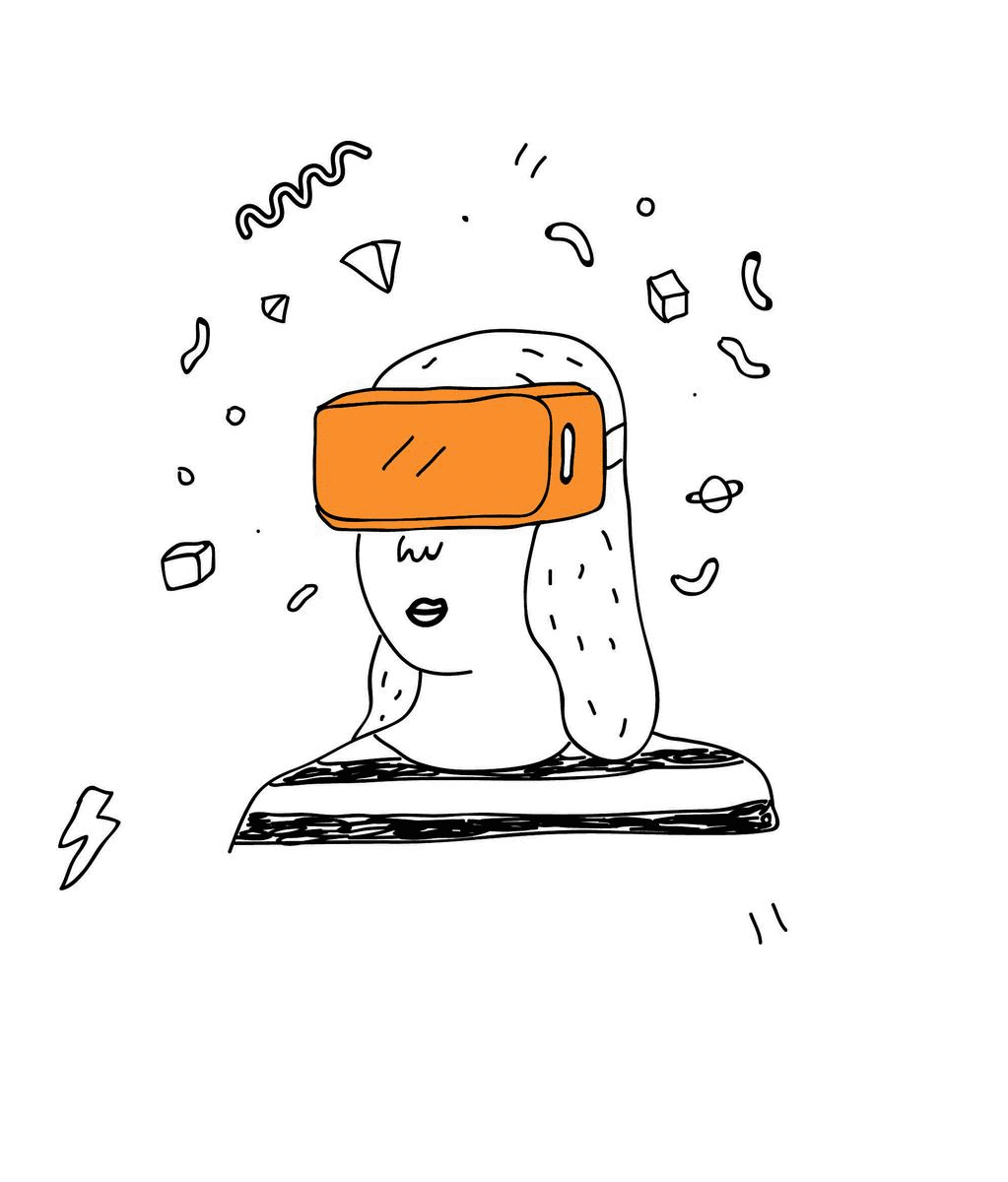
MBL550E
ISTANBUL TECHNICAL UNIVERSITY
Architectural Design Computing
Design Cognition Course
Lect. Dr. Elif Yağmur Sezen Kilimci
Spring2019
ANALYZING THE DESIGN BEHAVIOUR OF SKETCHING PROCESS WHILE BEING INSIDE VIRTUAL ENVIRONMENT
Burcu Nimet Dumlu
Abstract. Architectural representation of early design phases contains sketching such as diagrams, analyze maps, and freehand drawings [2D and 3D]. Sketching is a critical representational method and the sketch tools are evolving with the technology. New mediums and tools have built with computer technology. Firstly computer-aided design tools [CAD] have emerged, so the designer can sketch through a computer display. Then, Virtual Reality [VR] environment have given the chance of walking around the virtual environment with 360 degrees, interacting and experiencing with the sketch while drawing. This study is based on the idea creation with the sketch method during the architectural design process with the manual [paper and pencil] and VR [Google Blocks] tools. Google Blocks is software by Google to draw and model inside VR. The study will be conducted with novice designers at a first-year basic design studio as a first project separated as paper-based sketchers and Google Blocks sketchers. Common specialties of these student groups are that they have the same background for manual and VR sketching tools which is their first meeting with the sketching as a design method. Each group will use the different sketching tool during the design process. These two groups are briefed with the same project that designing a module which can be 2D or 3D shape, then they will build a pavilion with their module. This study employs protocol analysis for comparing these two groups cognitive design protocols in both manual and 3D sketching phases. The research will analyze the design behaviours and create an understanding of relation the designers’ cognitive abilities to ‘problem-space’ and ‘solution-space’ quality based on the sketch tool. The study samples the variables of Pour Rahmian et. al defined the dependent variables as ‘solution quality’, ‘certainty of the correctness of the solution’, ‘total solution time and experienced difficulty in design problem solving’ (Pour Rahimian F. a., 2011) and the independent variables were fully manual, and fully VR sketching modes. The design quality is defined as derivability from module to pavilion. The study hypotheses that the VR sketchers have tendency to design 3D module more than 2D sketchers.
Keywords: Sketching, VR Sketching, Protocol Analysis, Design Studio, Design Thinking.
